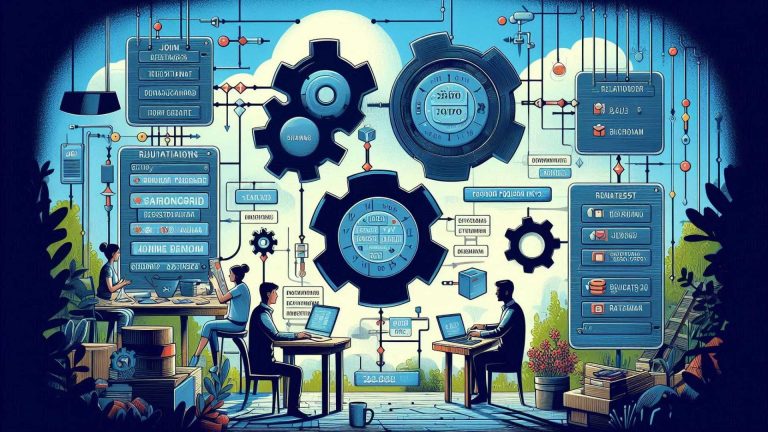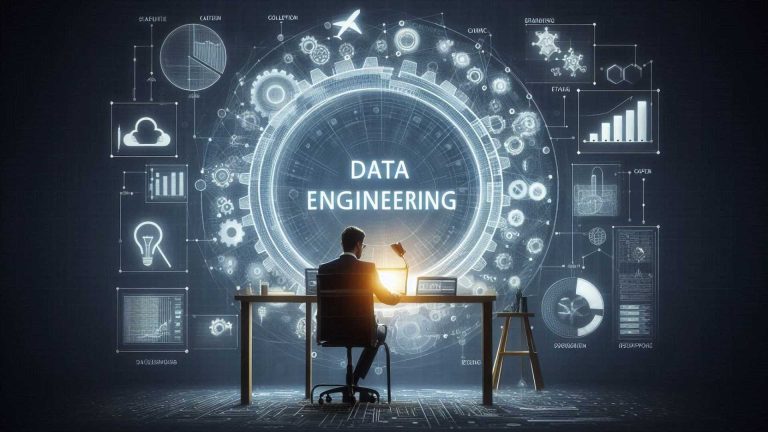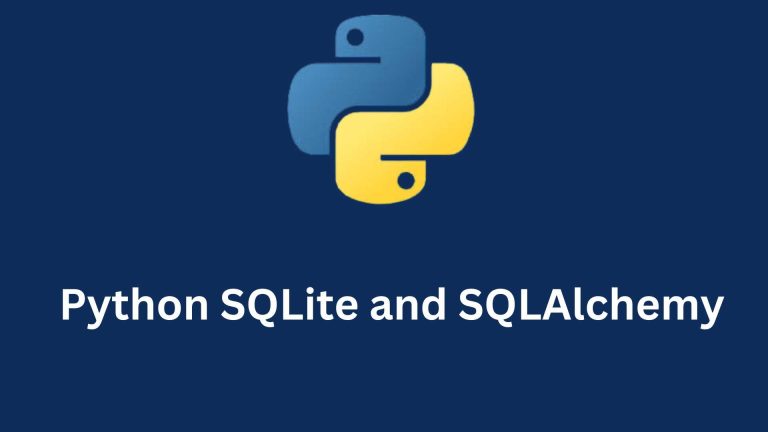Data Science Questions: Unveiling the secrets of data! Ever wondered how businesses make data-driven decisions? This guide unlocks the world of data science, exploring its importance, the skills required, and the tools used to extract powerful insights. We’ll delve into real-world applications, ethical considerations, and how data scientists communicate their findings. From tackling big data to building machine learning models, get ready to embark on a data science adventure!
Frequently Asked Data Science Questions
Data science, a powerful field, extracts insights from data to empower businesses. By leveraging programming, statistics, and machine learning, data scientists solve real-world problems across various industries, ultimately making better decisions for businesses. This field requires proficiency in tools like Python, R, and SQL to analyze and interpret data, leading to significant improvements in areas like marketing, finance, and healthcare.
Mastery in Data Science: Powering Informed Decision-Making
1. What is data science and why is it important?
Data science is the practice of analyzing and interpreting data to gain insights and make
informed decisions. It helps businesses work better, find new chances, and make smarter
choices by looking at data carefully and making decisions based on what the data says.
2. What are the key skills needed to become a data scientist?
Proficiency in programming languages like Python, R, and SQL for data manipulation and analysis; strong mathematical and statistical knowledge for modeling and machine learning; and data visualization skills to effectively communicate insights. Additionally, skills in big data processing frameworks, machine learning, and artificial intelligence are precious for data scientists.
3. How do data scientists use programming languages like Python and R?
Data scientists use Python and R for data manipulation, processing, visualization, statistical computing, and machine learning tasks. These languages offer specialized libraries like Tidyverse in R and a vast collection of tools for data analysis, making them essential for data scientists.
4. What is the difference between data science, machine learning, and artificial intelligence?
Data science is the process of extracting insights from data using statistical and computational techniques. Machine learning is a subfield of artificial intelligence that enables machines to learn and improve from data without being explicitly programmed. Artificial intelligence is the broader field of creating intelligent machines that can perform human-like tasks such as decision-making, problem-solving, and perception.
Common Tools and Technologies Used in Data Science
5. How do data scientists gather and clean data?
Data scientists gather and clean data by employing techniques like handling missing values, removing duplicates, and correcting inconsistencies. This process involves preparing the dataset through data cleaning and addressing issues like missing data, outliers, and data formatting.
6. What are the main steps involved in a typical data science project?
The main steps in a typical data science project include defining the problem statement, collecting relevant data, cleaning and preparing the data, conducting exploratory data analysis, building a predictive model, optimizing the model, and deploying it for final user acceptance.
7. What tools and technologies are commonly used in data science?
Commonly used tools and technologies in data science include Python, R, SQL, TensorFlow, Apache Spark, Tableau, KNIME, and SAS.
Big Data & Ethics in Data Science Communication It’s Here
8. How do data scientists handle big data and data scalability issues?
Data scientists handle big data and data scalability issues by leveraging scalable data science algorithms, distributed computing systems like Hadoop and Spark, and cloud-based storage solutions. They also focus on data quality, data governance, and cost-effective strategies to manage and process large volumes of data. Efficiently.
9. What ethical considerations are important in data science?
Ensuring privacy and data protection, maintaining fairness and mitigating algorithmic biases, upholding transparency and accountability, and obtaining informed consent from data subjects. Data scientists must adhere to ethical principles throughout the data science lifecycle to promote responsible and equitable data practices.
10. How do data scientists communicate their findings to non-technical stakeholders?
- Data scientists can effectively communicate their findings to non-technical stakeholders by:
- Focusing on the business impact and key insights, rather than technical details. Use clear, jargon-free language and relatable analogies or examples to explain complex concepts.
Structuring the presentation like a story, with a clear narrative that aligns with the stakeholders’ goals and concerns. Use visual aids like charts and infographics to make the data more accessible and engaging.
Common Challenges and Techniques in Data Science Projects
11. What are some common challenges faced by data scientists in real-world projects?
Common challenges faced by data scientists in real-world projects include dealing with messy and diverse data sources, handling data quality issues like missing or inaccurate data, bridging domain expertise gaps, managing resource constraints, and addressing ethical considerations such as privacy and bias.
12. How do data scientists approach feature selection and dimensionality reduction?
Data scientists approach feature selection and dimensionality reduction in several ways. They use techniques like filter methods (e.g. correlation analysis), wrapper methods (e.g. recursive feature elimination), and embedded methods (e.g. Lasso regression) to identify the most relevant features and reduce the dimensionality of the dataset without losing important information.
13. What are the different types of machine learning algorithms used in data science?
Supervised learning algorithms such as linear regression, logistic regression, decision trees, and support vector machines; unsupervised learning algorithms like k-means clustering and principal component analysis; and reinforcement learning algorithms that learn through trial-and-error interactions with an environment.
14. How do data scientists evaluate the performance of machine learning models?
Data scientists evaluate the performance of machine learning models using a variety of evaluation metrics, such as accuracy, precision, recall, F1-score, and confusion matrix. The choice of evaluation metric depends on the specific problem and business objectives, and data scientists often use a combination of metrics to get a comprehensive understanding of the model’s performance.
Real-World Applications and Business Benefits of Data Science
15. What are some real-world applications of data science across different industries?
Real-world applications of data science span various industries, including healthcare for predicting patient outcomes, aviation for enhancing safety and efficiency, marketing for personalized campaigns, and finance for making informed lending decisions.
16. How can businesses leverage data science to improve decision-making and operations?
Businesses can leverage data science to improve decision-making and operations by utilizing techniques like process mining, optimization algorithms, and predictive analytics to identify inefficiencies, streamline processes, understand customer preferences, predict trends, and optimize operations.
17. What are some popular frameworks for implementing deep learning models in data science projects?
Some popular frameworks for implementing deep learning models in data science projects include TensorFlow, Keras, PyTorch, Caffe, and Theano. These frameworks offer tools and libraries to train deep neural networks efficiently and are widely used in the industry.
Dealing with Imbalanced Data and Biased Models in Data Science
18. How do data scientists deal with imbalanced datasets and biased models?
Data scientists use a variety of techniques to address imbalanced datasets and biased models, including oversampling the minority class using methods like SMOTE, undersampling the majority class, adjusting class weights, and using custom model architectures or loss functions like focal loss. The goal is to balance the class distribution and reduce the bias of the model, improving its generalization ability.
19. What role does data visualization play in data science?
Data visualization is critical in data science as it enables effective exploration and communication of insights from complex datasets. Visual representations of data make it easier to identify patterns, trends, and outliers, leading to better understanding and decision-making. Data visualization is an essential tool for data scientists to present their findings in an easily digestible format for stakeholders.
20. How do data scientists stay updated with the latest advancements in the field?
Data scientists stay updated with the latest advancements in the field by actively engaging with resources like blogs, online platforms, and courses that focus on data analytics and AI trends. They also participate in training programs, conferences, and communities to stay abreast of new technologies and developments.
Conclusion
This comprehensive overview addressed a vast range of Data Science questions. We explored the field’s core concepts, essential skills, and the project lifecycle. We delved into common tools, ethical considerations, and communication strategies. By understanding these aspects, you’re well-equipped to navigate the exciting world of Data Science. Remember, the field is constantly evolving, so stay curious and keep learning!



